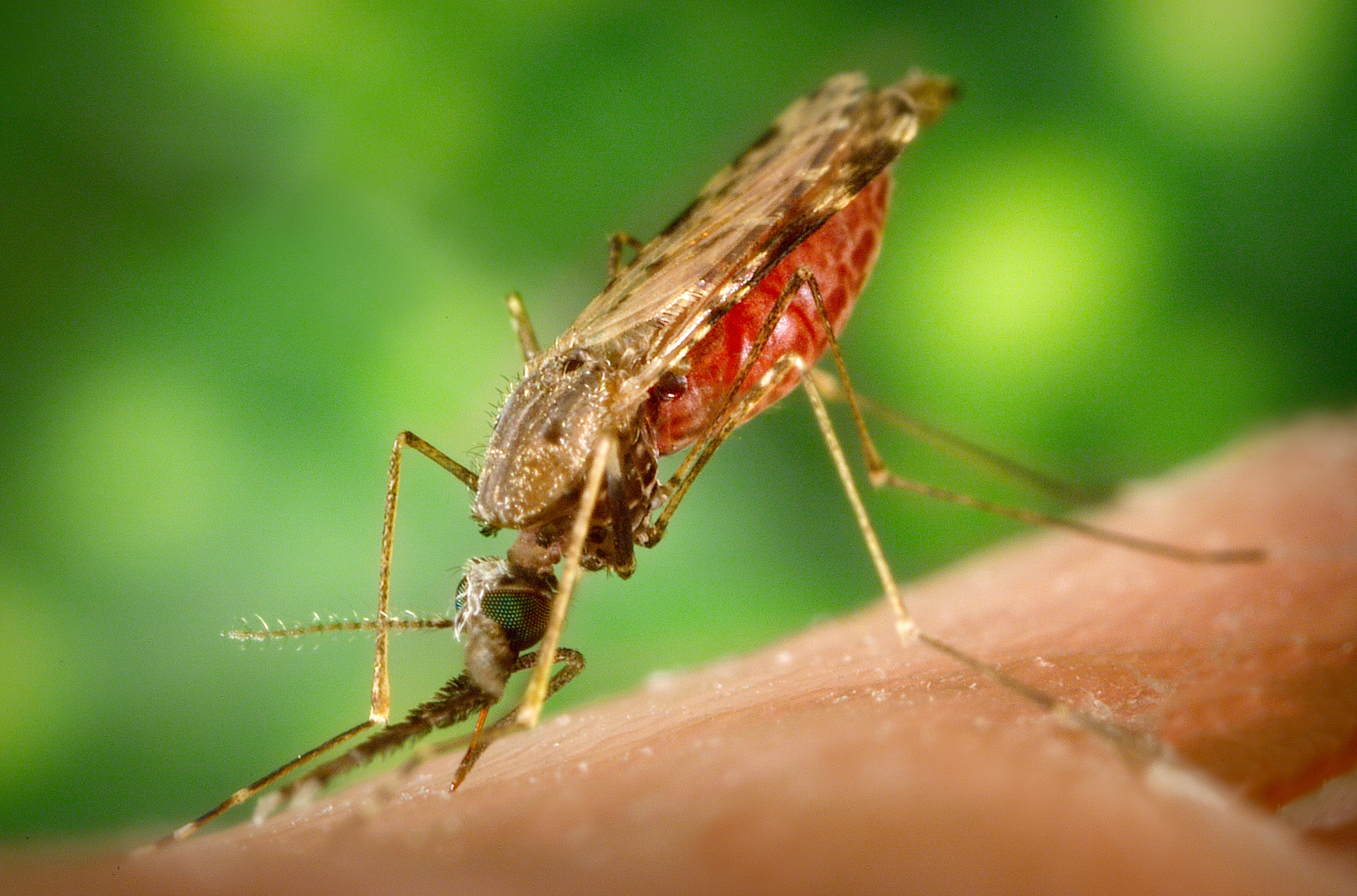By Kim Smiley
According to the CDC, drug poisoning is now the second leading cause of unintentional death, after car crashes. Most of the drug poisoning deaths result from the abuse of illegal and prescription drugs. If we look at an extremely basic cause-and-effect for overdose of prescription drugs, we note that a patient overdoses (takes too many pills) for some situationally-dependent reason (such as increasing the amount of medication to provide additional benefit, as can occur with painkiller addiction) AND access to an increased amount of the medication. Many times the access to the medication is provided by “doctor-shopping”, where a patient sees multiple doctors for painkiller prescriptions. 
Databases that track these sorts of prescriptions have been implemented in most states to curb access to large amounts of the most frequently abused drugs. However, since the programs are state-run, patients could still get multiple prescriptions by crossing state lines. Also, in some states it may take as long as two weeks before a new prescription shows up in a database, creating extra time for addicts to collect prescriptions.
This is an example of a case where a solution has been implemented, but it hasn’t reduced the risk to an acceptable level (as evidenced by the thousands of people still dying from prescription drug overdoses). So, the solution is being tweaked. The federal government has provided funding to states to upgrade their databases. It’s hoped that this will start to decrease the number of deaths from prescription drug abuse. If it doesn’t, even more drastic action will be needed.



 First we’ll look at the causes of consuming too many calories. Too many calories are consumed when children eat high-calorie, low-satisfaction foods. In many cases, this is because a child has access to these types of foods and because healthy choices are not available. This is true with family, and at school, which generally contribute equally to caloric intake. A high proportion of foods consumed at school may be unhealthy; schools must offer healthier choices. Some schools have done away with soda and candy, but more healthy choices must also be offered. Students bringing their own lunches may suffer doubly from healthy food not being available at home, due to a lack of access or affordability. The all-too-many areas in the country that do not have access to healthy food at supermarkets or farmer’s markets are known as “nutritional deserts”, most frequently found in low-income and/or rural areas. Communities must improve access to healthy food, at school and at home.
First we’ll look at the causes of consuming too many calories. Too many calories are consumed when children eat high-calorie, low-satisfaction foods. In many cases, this is because a child has access to these types of foods and because healthy choices are not available. This is true with family, and at school, which generally contribute equally to caloric intake. A high proportion of foods consumed at school may be unhealthy; schools must offer healthier choices. Some schools have done away with soda and candy, but more healthy choices must also be offered. Students bringing their own lunches may suffer doubly from healthy food not being available at home, due to a lack of access or affordability. The all-too-many areas in the country that do not have access to healthy food at supermarkets or farmer’s markets are known as “nutritional deserts”, most frequently found in low-income and/or rural areas. Communities must improve access to healthy food, at school and at home.



 Additionally, the increase in drug-resistant malaria means that existing treatments are less effective. (Counterfeit medicines are a double whammy in that they also contribute to drug resistance.) Drug resistance generally occurs when an infected person takes a not-quite-whole course of treatment. The treatment kills off most of the bugs, leaving only those strong enough to resist. When these “super” bugs then reproduce, the resulting generations are more likely to be drug resistant. (This is what’s been happening in the U.S. with some antibiotics.)
Additionally, the increase in drug-resistant malaria means that existing treatments are less effective. (Counterfeit medicines are a double whammy in that they also contribute to drug resistance.) Drug resistance generally occurs when an infected person takes a not-quite-whole course of treatment. The treatment kills off most of the bugs, leaving only those strong enough to resist. When these “super” bugs then reproduce, the resulting generations are more likely to be drug resistant. (This is what’s been happening in the U.S. with some antibiotics.)